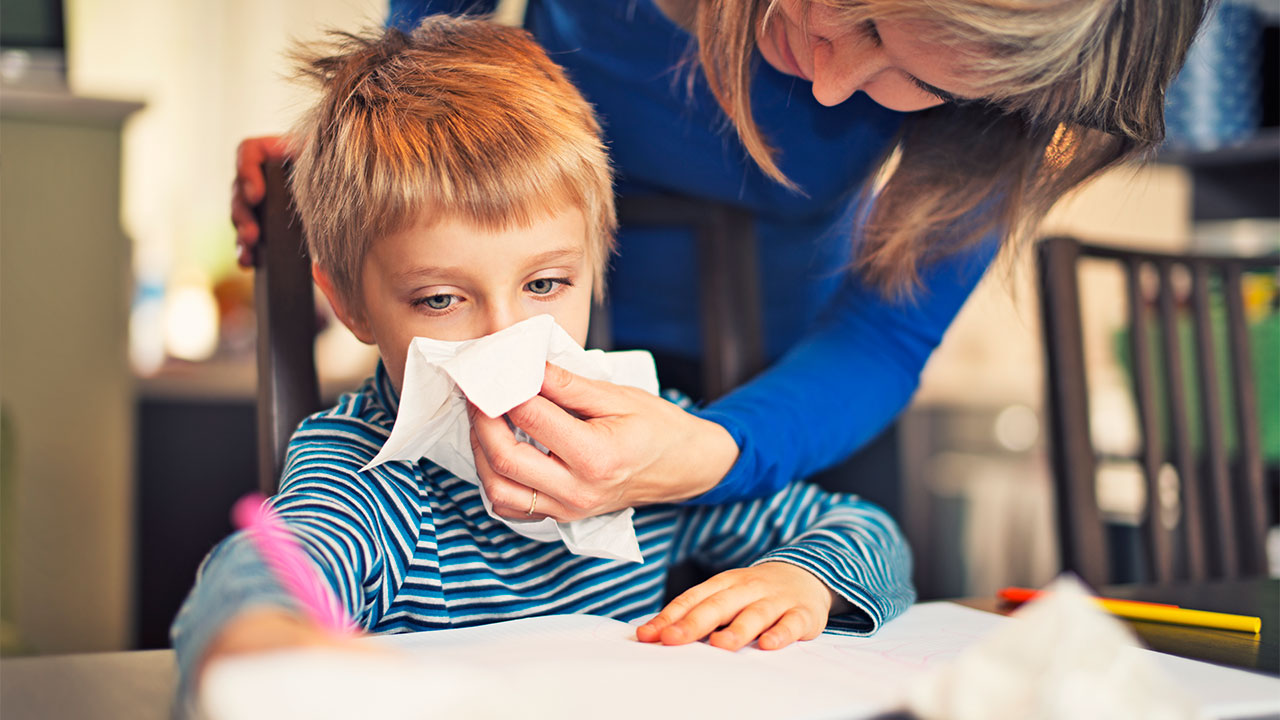
DiYES International School – Avoiding sick people is one of the simplest yet most effective ways to protect children from contagious illnesses. Children have developing immune systems, which makes them more vulnerable to infections from others. By keeping a safe distance, parents can reduce the risk of flu and other viruses. When someone shows visible symptoms, like coughing or sneezing, transmission becomes highly likely in shared spaces. Kids who avoid contact with sick individuals stay healthier during peak flu seasons. This approach also reduces school absences and doctor visits. Keeping children away from illness isn’t about fear—it’s about prevention and smart protection.
Germs spread through droplets when people cough, sneeze, or even talk closely. These droplets can travel through the air or land on surfaces. Children often touch shared items like toys, books, and doorknobs. If a sick person contaminates these, germs easily reach others. Kids also touch their faces frequently without washing hands. This habit increases the chance of germs entering their bodies. Close contact, especially in crowds, helps viruses spread quickly among young kids. Teaching children about germs builds awareness and encourages cautious behavior.
Children have weaker immune systems compared to healthy adults. Their bodies are still learning to fight off viruses and bacteria. Young kids also have limited hygiene habits. They may forget to cover their mouths when coughing or wash hands regularly. Many illnesses spread rapidly in schools, playgrounds, or daycare centers. Kids play closely, share food, and don’t recognize early signs of sickness in others. If parents allow close contact with sick peers, infection becomes more likely. That’s why avoiding contact is a proactive health strategy.
“Read about: Laryngitis Symptoms, Causes, and Remedies You Should Know”
Parents and caregivers must observe people’s behavior around their children. Visible signs like sneezing, coughing, or a runny nose signal possible infection. Fatigue, flushed skin, or watery eyes often accompany common colds and flu. If someone looks unwell, it’s safer to postpone visits or playdates. Politely rescheduling can prevent unnecessary health risks. Trust your instincts when choosing safe environments for children. It’s better to be cautious than to treat illness later. Consistent awareness helps families avoid unnecessary exposure to contagious people.
Telling others to stay away can feel uncomfortable, especially among family and friends. However, protecting children’s health must come first. Use kind, respectful language when explaining your boundaries. Say you’re being extra cautious during flu season. Offer alternative ways to connect, like video calls or outdoor visits. Let people know it’s not personal—it’s precaution. Most people understand when safety is your reason. Setting clear expectations can prevent awkward situations before they happen. Encourage others to stay home when they’re unwell.
“Read more: Epilepsy in Children: Signs, Treatment, and Hope for the Future”
Children still need social interaction, even when avoiding sick people. Offer virtual playdates or story time over video calls. Choose outdoor activities like walks or playing in spacious parks. Schedule smaller playgroups with trusted, healthy friends. Encourage solo activities like art, puzzles, or creative building games. Let them help plan safe, fun things to do at home. Connecting through safe channels helps prevent loneliness and keeps spirits high. Parents can make isolation feel less restrictive and more empowering.
Clean surfaces like doorknobs, tables, and toys regularly. Use disinfectants safe for children and ensure proper ventilation indoors. Encourage handwashing before meals and after coming from outside. Teach kids to use tissues and dispose of them properly. Limit guests during flu seasons or after exposure to illness. Keep sick family members in separate rooms when possible. Always monitor symptoms among household members. Early detection and separation help protect others at home. Consistency and structure build lasting health habits for children.